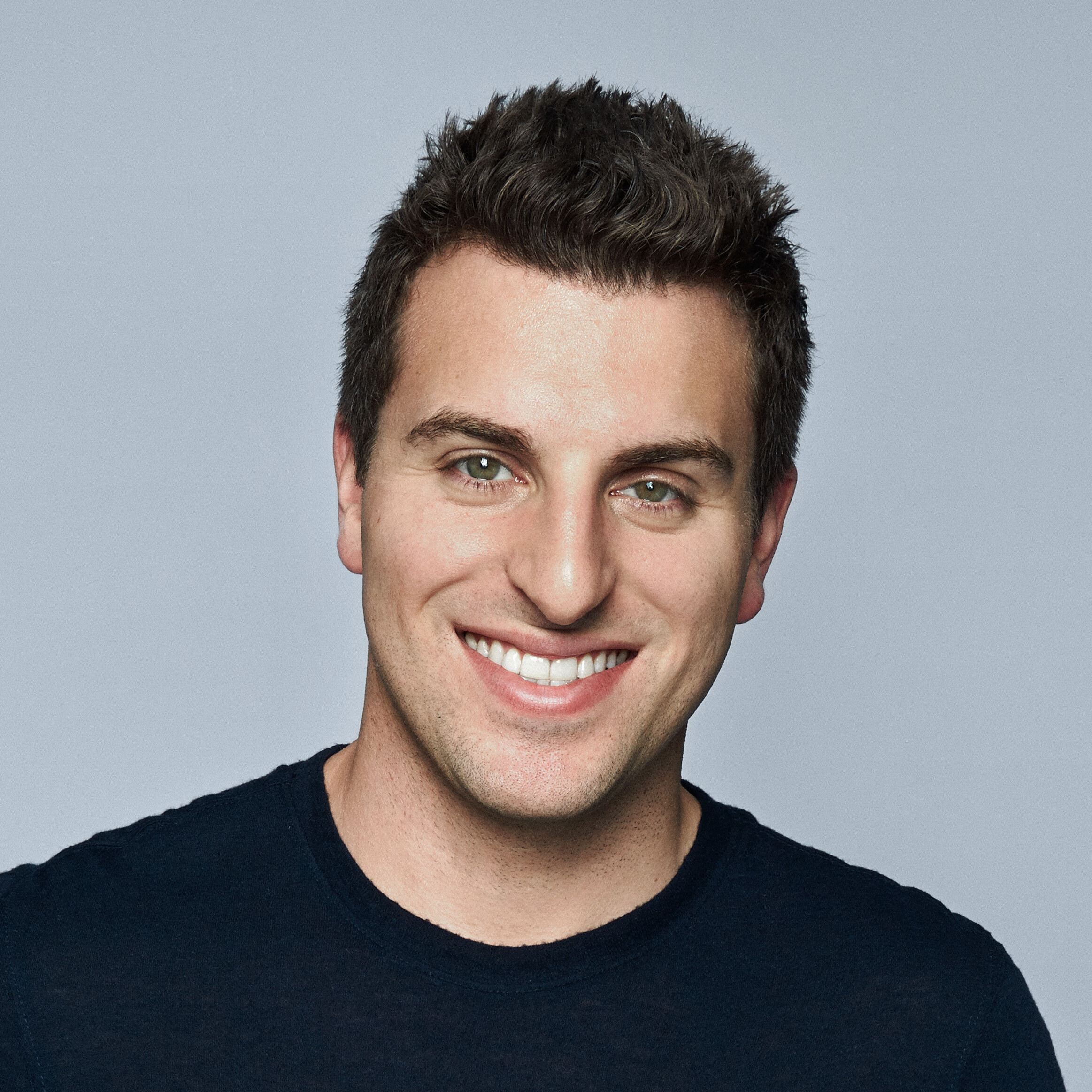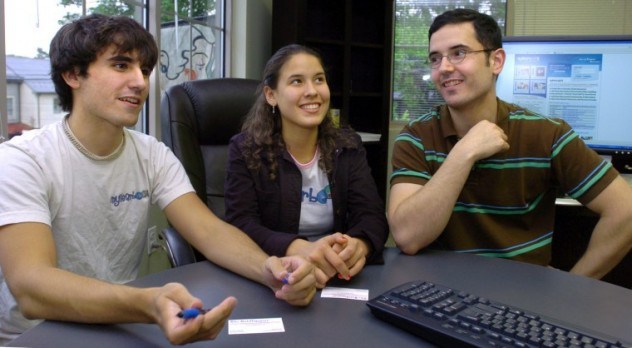Zev Shapiro is no ordinary college student. His childhood was unlike his peers. Born and raised in Cambridge Massachusetts, he is currently a sophomore at Harvard University. At the age of 10, he helped manage Senator Elizabeth Warren’s campaign. In 2014, he was invited to the State of the Union Address as Elizabeth Warren’s guest. He enjoys reading academic law and public policy journals for fun and discussing politics. He always has had an entrepreneurial spirit, especially with his visionary personality; he often looks ahead as to what can be solved and improved in our society. Before graduating high school at Cambridge Rindge and Latin in 2020, he launched TurnUp (in 2019), a non profit application dedicated for young activists to increase voter turnout. TurnUp targets Generation Z progressives by having the capability to connect with other progressive individuals for specific causes. Zev wants to provide his peers with a network to organize events, marches, and protests for teenage activists. He specifically focuses on increasing voter turnout in all U.S elections but there are some other causes such as social justice, racial inequality and educational rights issues. The use of TurnUp proved to increase 36 million young voters nationally in 2020. Additionally, TurnUp made it possible for 17,000 people to make connections with one another and attend progressive events and it has over $2,000 individual donors. This new progressive activism app has grown in such a short amount of time. Through TurnUp, Zev Shapiro brings together a new generation of young activists for leftist causes.
Despite Zev Shapiro’s political beliefs, as Christian entrepreneurs we should be inspired by his entrepreneurial spirit and dedication so that we can create some kind of innovation which spreads Biblical Truth, the Word of God, and conservative thought to Generation Z. So what are we waiting for?
To Learn more about Zev:

 Brian Chesky created Airbnb in his own house, supplying an Airbed and Breakfast to guests for only $80 a night. Being unemployed, this allowed him and Joe Gebbia to pay for their rent. Chesky believed the idea of Airbnb could evolve into a digital platform. After launching it the first time, he and Gebbia noticed it struggled to gain trust and traction. Chesky has publicly shared this was a stressful time for him. He remembers having a binder full of credit cards, an enormous amount of debt, and trouble attracting investors. During the Democrat National Convention in Denver, however, Airbnb started to gain success. This was mainly because a level of trust existed between Obama supporters opening up their homes for other Obama supporters.
Brian Chesky created Airbnb in his own house, supplying an Airbed and Breakfast to guests for only $80 a night. Being unemployed, this allowed him and Joe Gebbia to pay for their rent. Chesky believed the idea of Airbnb could evolve into a digital platform. After launching it the first time, he and Gebbia noticed it struggled to gain trust and traction. Chesky has publicly shared this was a stressful time for him. He remembers having a binder full of credit cards, an enormous amount of debt, and trouble attracting investors. During the Democrat National Convention in Denver, however, Airbnb started to gain success. This was mainly because a level of trust existed between Obama supporters opening up their homes for other Obama supporters.






